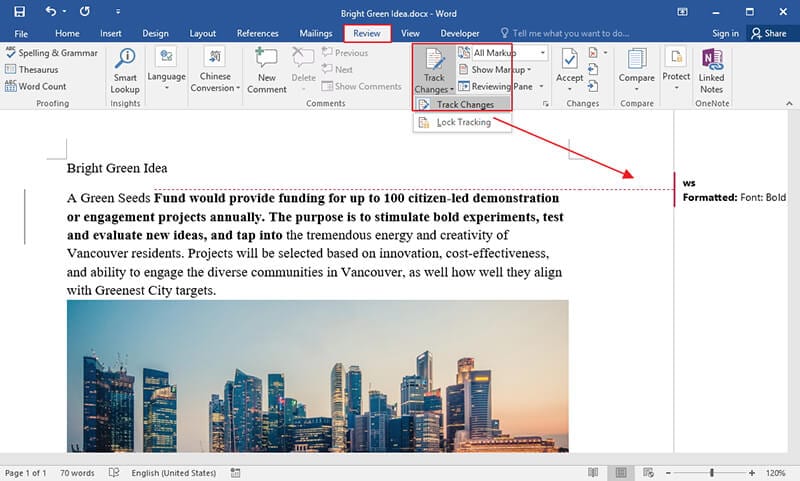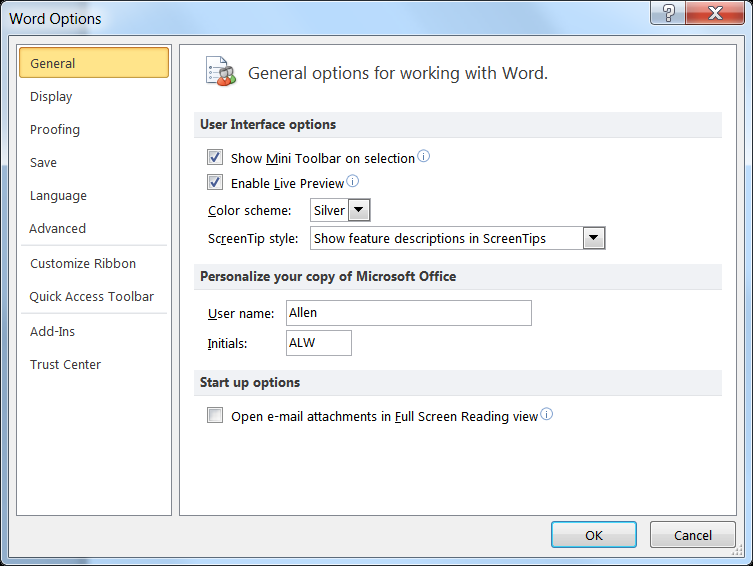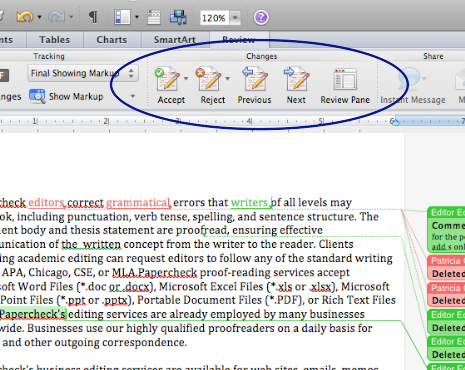
(B) All Markup displays all edits and comments. If you want to see the edit, select the vertical line to switch to All Markup. Instead, a vertical line will appear in the left margin showing that a change was made in that location. However, edits are indicated by a vertical line in the left margin.įor example, if you delete a sentence, that sentence won’t appear on screen. (A) Simple Markup displays the edited version of the content without visible in-line edits. The options are (A) Simple Markup, (B) All Markup, (C) No Markup, and (D) Original. Select the Display for Review drop-down menu to choose how edits and comments are displayed.You can control how comments and edits appear by using the Display for Review and Show Markup menus in the Tracking group in the ribbon.

Select the Track Changes button again to turn off tracking.

The button will appear darker than the rest of the ribbon when Track Changes is turned on.
#Using track changes with word for mac 2010 how to
Often we need to accept all the changes by one author or editor, but leave the rest, and Word doesn’t make it obvious how to do that.

We sometimes have four or more people editing a single document, and trying to figure out who did what can get crazy. Simple but awesome! Accept/Reject All by Author That’s it! The shortcut you assign now toggles between these two common settings. Now give it a shortcut in the “Press new keyboard shortcut” field and click Assign. You can use the search field to quickly locate any command instead of scrolling to find it. First, choose Tools > Customize Keyboard… then choose All Commands from the Categories list and, in the list of Commands on the right, choose View Changes. And fortunately, after quite a bit of searching, I found one. The problem is that it’s a major pain to choose each of these from the popup menu each time you want to switch! I’d rather use a keyboard shortcut.


 0 kommentar(er)
0 kommentar(er)
